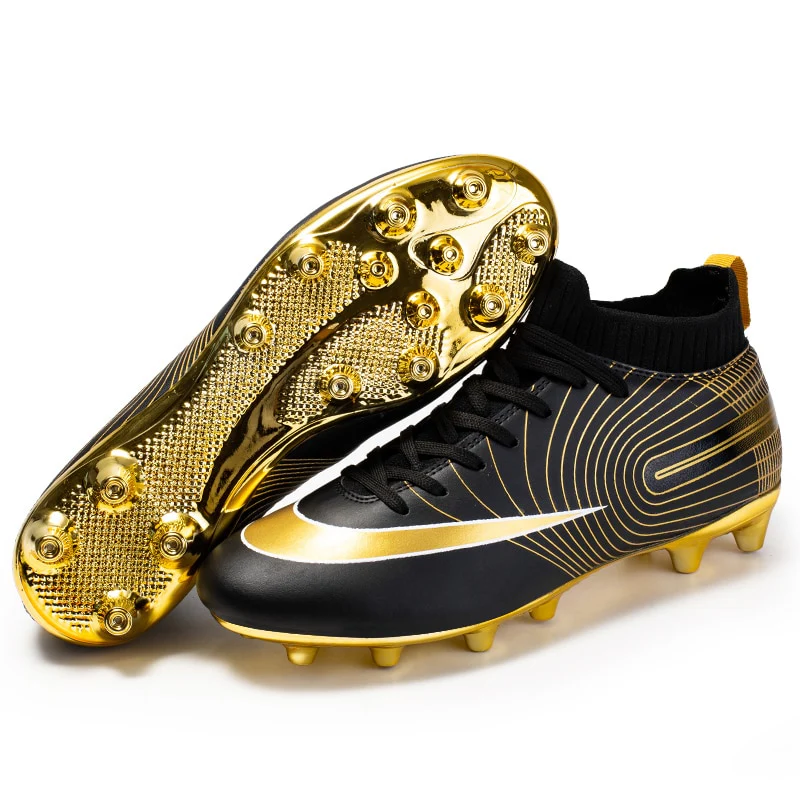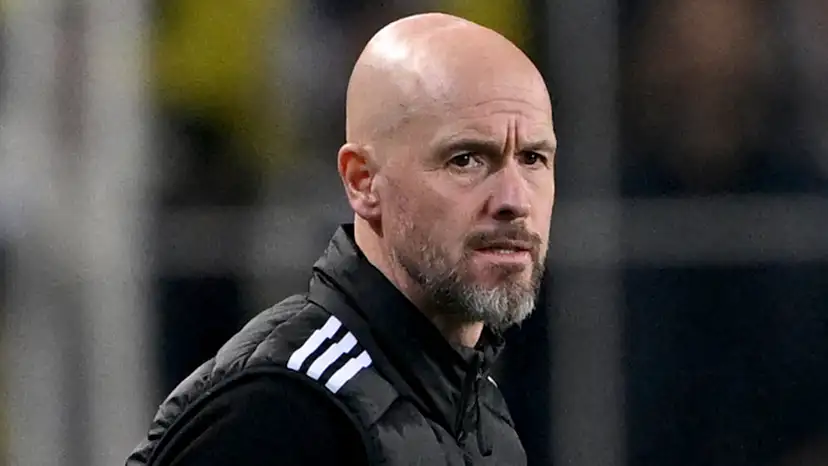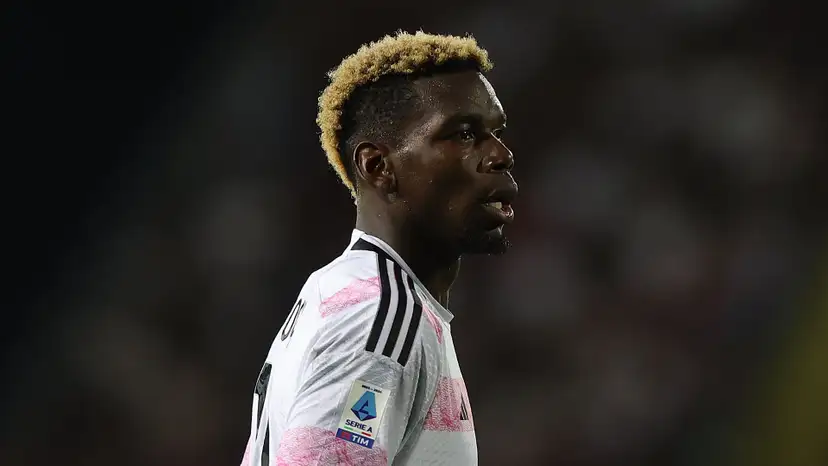Pricing Out the Next Gen : Why Are Football Boots So Expensive?
The True Cost of Elite Gear in Grassroots

Football sells itself as the simplest sport in the world, yet the price of getting started keeps climbing. A pair of boots that once cost the equivalent of a weekend’s savings now competes with premium sneakers. Basic gear like training tops, shin pads, grip socks, and even team registration quietly adds up until the total feels closer to a commitment than a hobby. What used to be a low-cost pathway for any kid on any street is slowly turning into something you have to budget for.
The shift is subtle, but the effect is real, because the early stages of participation should be the least demanding financially. Instead, they are becoming the first hurdle. The contradiction is sharp: a global sport built on accessibility is drifting away from its own identity, and the financial weight is landing on the youngest shoulders.
The big brands have changed the way players think about boots. They are no longer just tools, they are marketing narratives tied to speed, touch, agility, or the identity of a star player. A teenager does not see plastic and studs, they see Mbappé, Haaland, or Messi, and that link shapes expectations. It creates a quiet pressure to keep up, because nobody wants to feel like the only person in outdated gear.
Parents feel it when a child insists on the newest colourway, Sunday league players feel it when teammates show up in the latest limited drop, and academies feel it when kids treat their boots like ranking badges. The performance gap between top-tier boots and mid-tier alternatives is often exaggerated, but the psychological gap is massive. Branding pushes prices upward not just by adding features, but by reshaping desire. Once that happens, the market follows, and every new release raises the ceiling a little more.
Families feel the squeeze most sharply at grassroots level. A child who plays twice a week will burn through boots quickly, either because they grow out of them or because modern, ultra-thin materials wear down faster than older, sturdier models. Multiply that by two children and a season’s worth of sessions, and the cost becomes a monthly stress point rather than an occasional purchase.
And boots are only the start. Add shin guards, team kits, training wear, match fees, transport, and the constant expectation to keep up with whatever their peers are wearing, and the financial load becomes heavy enough to push some families out entirely. Kids who cannot match the trend feel it emotionally too. Turning up in worn-out or unbranded boots chips away at confidence, and confidence is everything at that age. It affects how they train, how they see themselves, and whether they stay in the sport at all. The tragedy is that a child’s ability to play or progress should never hinge on what their parents can afford that month.
A second problem is how the price gap has quietly become a status gap. Expensive boots are marketed as high-performance gear, but the real appeal is the social payoff, the idea that wearing a £300 pair somehow says something about you. The irony is that for most young players, the difference between a top-tier model and a sensible mid-range boot is tiny in practical terms, especially on grass or dusty community pitches. What actually matters, fit, comfort, durability, gets lost in the noise. Meanwhile, lightweight modern boots tend to tear, peel, or split far sooner than the older leather ones, which means players end up replacing them more often, feeding the same cycle that pushed them into the purchase in the first place. All of this has an environmental cost too.
A constant churn of boots, kits, and colourways means more waste, more landfill, and more short-lived products destined to be thrown away. The only real pushback comes from community boot banks, second-hand swaps, and grassroots organisers trying to keep kids equipped without forcing families into unnecessary spending. Football was never meant to require financial resilience just to take part.
The soul of the sport feels at risk when something as simple as buying boots becomes a luxury decision. Football’s magic has always been tied to its accessibility. The game grew because anyone, anywhere, could play it with whatever they had. A ball, a patch of ground, and a bit of imagination were enough. When basic equipment climbs into triple-digit territory, that simplicity disappears, and the game tilts toward families who can absorb the cost without thinking twice. That is not how talent is meant to be filtered. The very best players in history often came from places where money was scarce but passion was abundant. If rising prices shut out the next group of gifted kids, the sport loses far more than it gains in revenue.
Brands have a role to play in reversing the trend. Durability and affordability should not feel like nostalgic concepts from another era. There is room for premium innovation, but there should also be a commitment to well-priced, long-lasting “essentials” that serve the majority rather than the marketing machine. Football thrives when participation is broad, when every child can walk onto a pitch without feeling financially out of place. Protecting that accessibility is not just an economic concern; it is a responsibility to the game’s future. If boots become a gatekeeper, the sport risks locking out the very players who could one day define it.








